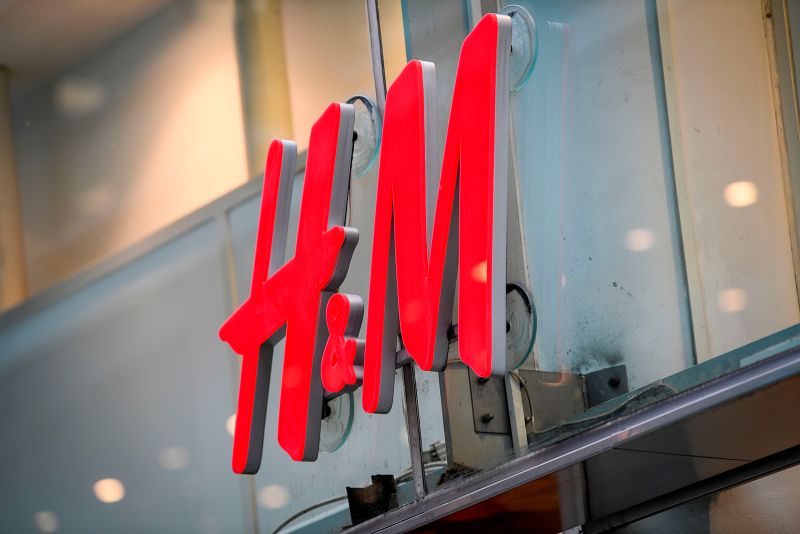
The Resignation of Helena Helmersson: A Turning Point for H&M

The sudden departure of Helena Helmersson as the CEO of H&M has sparked a significant change in the leadership of the global fashion retailer. Her decision to step down after a four-year tenure has raised questions and speculation within the industry. This article delves into the reasons behind her resignation, the impact on H&M, and the future of the company under new leadership.
The Departure of Helena Helmersson
The fashion industry was left in awe as Helena Helmersson, the chief executive officer of H&M, announced her resignation, marking an unexpected turn of events for the renowned fashion retailer. After steering the company through the tumultuous times of the pandemic and navigating complex geopolitical and macroeconomic challenges, Helmersson expressed her pride in the collective achievements of the past years.
The logo of H & M (Hennes & Mauritz AB) can be seen at a fashion store of H&M in central Stockholm on April 2, 2020.
In a statement accompanying the release of the company's latest financial results, she acknowledged the demanding nature of her role and the personal toll it had taken, leading to her decision to step down as CEO. This decision, although not taken lightly, signifies a pivotal moment in the history of H&M and raises questions about the future direction of the company under new leadership.
The Transition in Leadership
Following the departure of Helena Helmersson, the appointment of Daniel Erver as the new CEO of H&M has sparked speculation and intrigue within the fashion industry. With an impressive background as the head of the H&M brand, Erver assumes the leadership role during a critical juncture for the company. As the largest brand within the H&M group, the strategic decisions and vision of Erver are poised to shape the future trajectory of the global fashion retailer.
The unexpected change in leadership has prompted discussions about the potential impact on H&M's brand identity, business strategies, and market positioning. Industry analysts and stakeholders are closely monitoring the transition, anticipating the unfolding of new initiatives and the redefining of H&M's competitive edge under the stewardship of Daniel Erver.
Challenges and Opportunities Ahead
In addition to the leadership transition, H&M faces a series of challenges and opportunities as it navigates an evolving global market and consumer landscape. The company's recent financial results, including a decline in operating profit margin and fluctuating sales figures, underscore the complexities of the retail industry in the current economic climate.
Moreover, H&M's decision to phase out operations in Myanmar, coupled with marketing controversies, has highlighted the need for strategic recalibration and effective crisis management. As the company charts its course for the future, the convergence of business resilience, sustainability initiatives, and consumer engagement presents a compelling narrative for the next chapter of H&M's journey.







